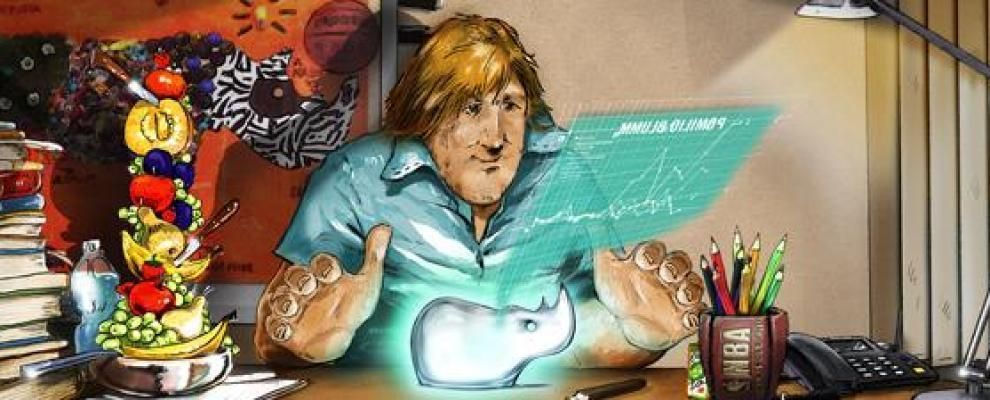Design is a thought activity: we should not replace it with a mere “optimizing” approach, because it’s from imperfections that talent emerges.

Diversity has always been a delicate word, to be treated with special care and attention. And today, after the tragic events of Charlie Hebdo, it is possibly even more. In the aftermath of the massacre, the whole world wonders about what will be the destiny of this notion, and whether the comforting image of the different nations standing side by side in the streets of Paris will be only the exception of the moment or the premise of a new direction.
Certainly in the case of Europe, still frozen between independentist pressures and desires of federalism, the issue is felt as particularly important and goes way beyond the “clash between civilizations” notorious problem, whether it is alleged or real. Reflecting on how to relate to external differences may help, in this sense, reconsider the way to manage internal differences with self-criticism.
After all, it is a fact that culture differences play an absolutely positive role for Europe. The only possibility of fulfillment of the Union truly lays in the valorisation of differences, which should be all included: never denied, at most managed and calibrated. In the end, even extremisms are just exaggerated valorisations of microcultures and therefore, in some ways, they represent a healthy virus inside the system, something able to provide it with the needed antibodies.
So the problem of European communication is not to make differences uniform or suffocate them, but to develop above first level cultures an additional, higher and visionary culture, able to “hold together” without losses or exclusions. A further identity: this is the open challenge of the European project.